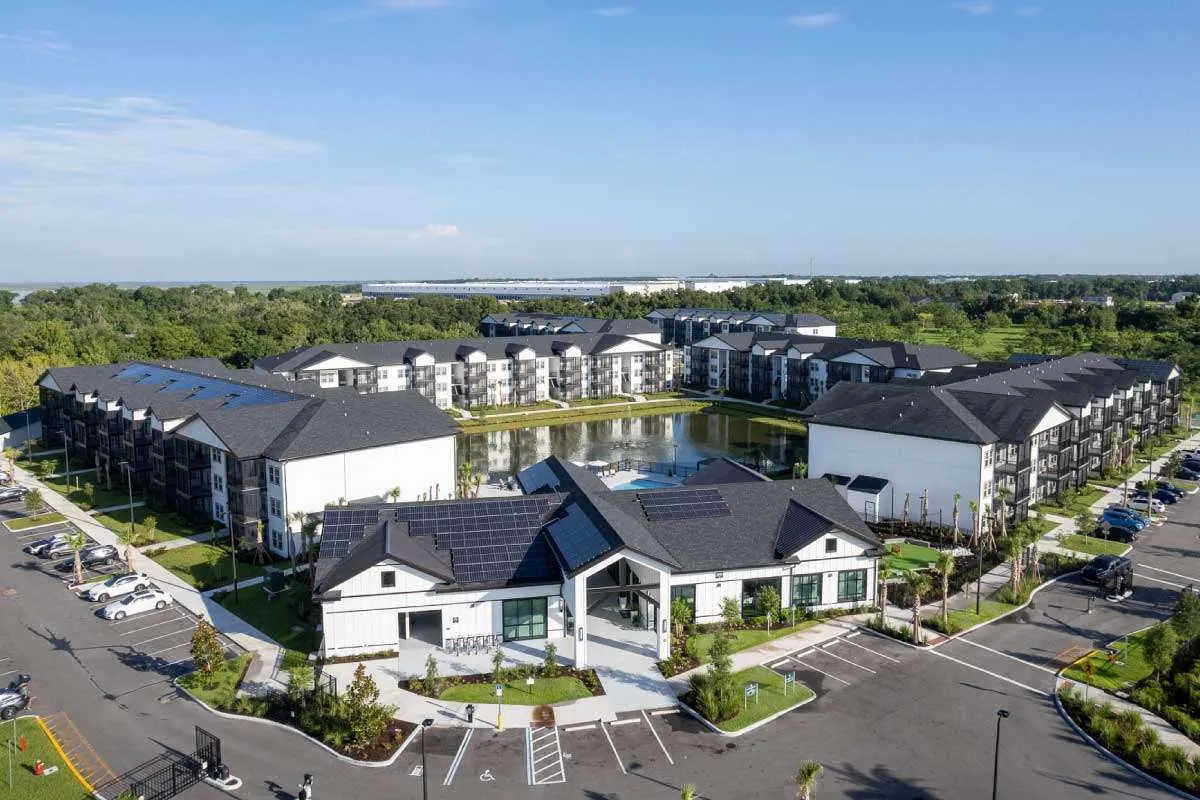Humans have long recognized the earth’s natural ability to maintain a cooler temperature, a fact known since we sought shelter in caves. However, it is only in recent decades that we’ve developed ways to harness this trait to cool our homes efficiently. In 1946, J. Donald Kreoker introduced a groundbreaking concept by designing the first known groundwater source heat pump for the Commonwealth Building in Portland, Oregon. His system used underground coolant to improve the efficiency of heating and cooling, surpassing the performance of traditional systems that are exposed to fluctuating outdoor temperatures.
This innovative approach to heating and cooling earned the Commonwealth Building a place as a National Engineering Landmark, and it helped popularize the idea of geothermal heat pumps. Despite this, geothermal systems have remained largely confined to large-scale developments, such as airports and industrial complexes, due to the significant expense involved in drilling deep into the earth.
Using the ground’s cooling properties isn’t limited to pushing coolant underground. Some systems utilize the thermally regulated water found in aquifers. This method was successfully implemented at the Novo at Avian Pointe in Apopka, Florida. Few northern Floridians realize they live above the second-largest underground water source in the country, the Floridan Aquifer. By tapping into this 100,000-square-mile underground reservoir and using solar-powered pumps, the 276-unit apartment complex has managed to reduce on-site energy usage by 34% compared to other newly built multifamily properties.
Low-carbon projects like the Novo are particularly important for states like Florida, which are heavily impacted by climate change and rising sea levels. In addition to being energy-efficient, the water-based heat pumps eliminate the leakage of refrigerants, a potent greenhouse gas often associated with traditional systems. The geothermal system at the Novo not only reduces the carbon footprint of the development but also offers resilience against future climate-related challenges. The system is designed to handle Florida’s intense heat and humidity and remains drought-proof, as it doesn’t rely on municipal water sources.
In addition to the sustainability benefits, the developers of Novo aimed to attract environmentally conscious renters. “It’s not any one component that will make someone pay a premium for a sustainable building; we want to give residents lots of reasons and deliver a holistic message,” said Chris Gray, CEO of Ecosmart Solution, the company behind the geothermal system’s design. Around 10% of the property’s space is dedicated to green areas featuring low-water, native plants that beautify the parks and walking trails surrounding the buildings.
Tenants at Novo directly benefit from the energy savings. Since they pay for their own power, they are acutely aware of the financial impact. The complex also provides tenants with an energy management system that helps them monitor and optimize their energy consumption. “The concern is that when people are told their system is more efficient, they might think they can use more energy,” Gray explained. By educating residents, the management not only helps them adopt more sustainable lifestyles but also reinforces the importance of sustainability as a key value of the property.
Another notable advantage of the ground-source geothermal system used at Novo is its longevity. Since the water circulating in the system maintains a consistent temperature, the system is expected to last twice as long as traditional air-based heat pumps, with an estimated lifespan of twenty years. “We want to make these systems as appealing as possible. Not only do they last longer, but they also offer a quick payback period and don’t require specialized equipment or labor,” Gray noted.
Gray is optimistic that this technology will continue to gain traction among developers, even in locations that aren’t positioned above an aquifer. “The ground gives you what the ground gives you, so you have to design around that,” he said. “There are places where drilling might be more difficult or where you have to drill deeper, but this system can work anywhere.”
As more regions across the country face extreme temperature fluctuations and the demand for decarbonization increases, geothermal heat pumps are likely to become a viable option for a growing number of properties. Their appeal has already grown due to the tax credits they qualify for under the Inflation Reduction Act. The Novo apartments have demonstrated that in certain locations, particularly those above aquifers, geothermal systems can significantly reduce energy consumption for heating and cooling.
In the future, we may see more developments adopting geothermal technology as an effective way to decrease energy use and carbon emissions. Geothermal heat pumps offer a sustainable, efficient solution for heating and cooling, helping to pave the way for a greener and more resilient built environment.
